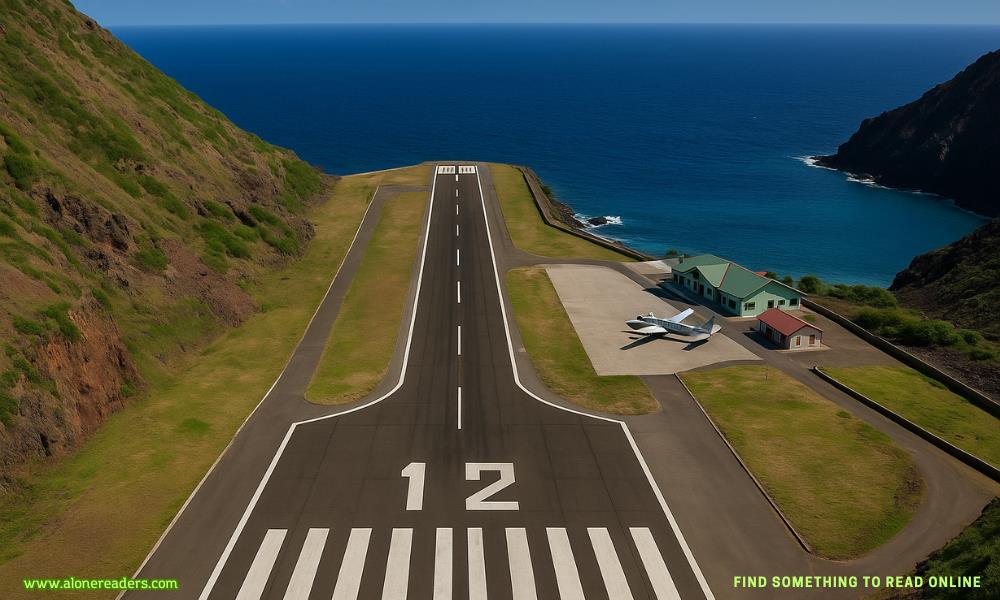
Airports are the beating hearts of global connectivity. Every day, over 9,700 planes carry approximately 1.3 million passengers across the skies, relying on meticulously designed and maintained airport infrastructures. While most airports follow stringent international safety standards, some pose significant risks due to their challenging geographic locations, extreme weather conditions, or unique structural constraints. This article dives into the 10 most dangerous airports in the world—locations where only the most highly trained pilots dare to land.
Runway Length and Geography:
Located on the small Dutch Caribbean island of Saba, Juancho E. Yrausquin Airport has the shortest commercial runway in the world—just over 400 meters, with only part of it usable for landings and takeoffs.
Danger Factors:
Why It’s Risky:
Landing here feels more like landing on an aircraft carrier. Only small STOL (Short Takeoff and Landing) aircraft are permitted, and pilot error could result in catastrophic failure due to the terrain.
Purpose and Location:
Used mainly for the United States Antarctic Program, this ice runway is temporary and built directly on frozen sea during summer research months.
Danger Factors:
Why It’s Risky:
The Antarctic environment is unforgiving. If the ice softens, operations cease. Pilots face whiteouts, zero visual reference points, and the psychological stress of being in one of the most remote places on Earth.
Location and Structure:
Situated on the southern coast of Aruba, a Dutch territory in the Caribbean, this airport connects to the US, Canada, and Europe.
Danger Factors:
Why It’s Risky:
Pilots must contend with unpredictable gusts, especially during the dry season, requiring manual corrections and acute attention to wind shear.
Unique Features:
At an elevation of 2,010 meters in the Alps, Courchevel Airport is known for its steep and sloped 537-meter runway.
Danger Factors:
Why It’s Risky:
Landing here is more akin to ski jumping. It’s used mainly by private aircraft and helicopters ferrying tourists to alpine resorts. Only certified pilots are allowed to land here.
Topographical Challenges:
Located in a deep valley surrounded by peaks reaching over 5,500 meters, Paro is just 6 kilometers from Paro town.
Danger Factors:
Why It’s Risky:
Only a handful of pilots are certified to land at Paro. Every arrival involves banking steeply around mountains before lining up with the short runway. The margin for error is almost nonexistent.
Aviation Meets Urban Life:
Built at the foot of the Rock of Gibraltar, this airport intersects with Winston Churchill Avenue, a main road in Gibraltar.
Danger Factors:
Why It’s Risky:
There are very few commercial airports where road traffic and runway share the same space. Combined with sudden wind shifts, it makes this airport a textbook case in aviation risk management.
Construction Over Ocean:
Madeira Airport, on an island near Portugal, has a runway partially built on stilts extending over the ocean.
Danger Factors:
Why It’s Risky:
Pilots undergo additional simulator training for Madeira landings. The airport is susceptible to wind shear and sudden downdrafts, especially during the winter.
Tourism and Turbulence Collide:
Perhaps the most photographed airport in the world, this one sits right next to Maho Beach.
Danger Factors:
Why It’s Risky:
Tourists often gather to feel the jet blast, but this proximity has led to injuries and near-misses. Pilots must execute precise landings or risk overshooting into the ocean.
Altitude and Obstacles:
At 1,005 meters above sea level, Toncontín is hemmed in by mountains and urban structures.
Danger Factors:
Why It’s Risky:
Aircraft must execute a sharp turn and immediate descent before aligning with the runway—difficult even for veteran pilots. Inclement weather increases the danger exponentially.
Gateway to Everest:
At 2,845 meters altitude, Lukla is the primary entry point for trekkers heading to Mount Everest base camp.
Danger Factors:
Why It’s Risky:
Dubbed the world's most dangerous airport, Lukla requires expert visual flying in one of the harshest environments imaginable. It is closed in poor weather, and pilot error here is rarely survivable.
Conclusion
These ten airports aren’t just travel hubs—they're extreme tests of human engineering and pilot skill. Each represents a unique blend of natural and logistical challenges that push aviation to its limits. They remind us that behind every flight lies a story of precision, courage, and calculated risk. Whether perched between mountains, resting on icy seas, or lying inches above a beach, these airports underscore why commercial aviation is both a marvel and a challenge. For passengers, these places offer a rare glimpse into the adrenaline-fueled reality of high-stakes flying. For pilots, they are the final frontier of aviation mastery.